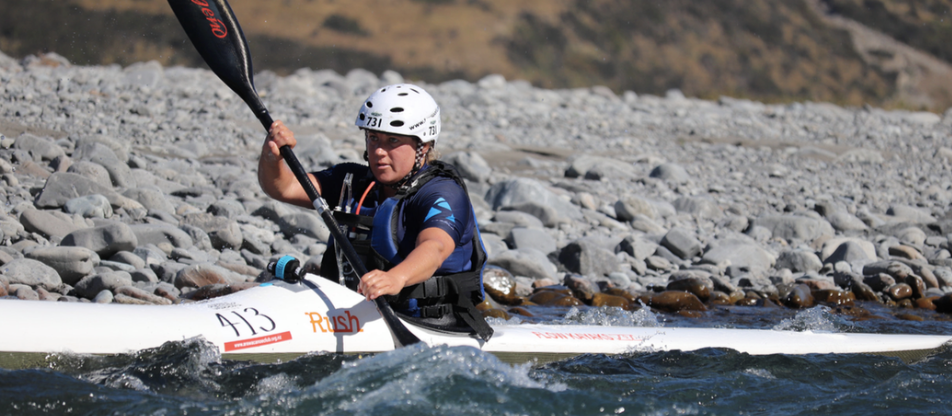
What if you could give yourself the gift of time when it comes to learning to kayak......
Written by Katie Cambie - Topsport Kayaking Manger and Coast to Coast competitor
The postponement of the 2022 Coast to Coast 2 Day Event has broken hearts across the country, with so many competitors having spent months and months training and preparing to take on New Zealand’s most iconic multisport event. But how many of them will tell you having an extra year to train and prepare isn't the worst thing that could happen? My guess is it’s a good fair few especially when it comes to kayaking!
What if you could give yourself the gift of time and prepare for this race in the way it truly deserves? Every year we have a common theme at Topsport, so many paddlers not realising just how much effort and commitment the kayaking section of the race takes to complete successfully. So much, that every season a few people withdraw their entry from the race after completing our course. These paddlers have decided they are simply not able to follow through with all that is required to get to the start line. Some withdraw just weeks out from the race knowing they haven’t allowed enough time to prepare their paddling. Whilst it is disappointing for us to see any paddlers quit in most cases it’s the right call. Kayaking requires a time commitment, a financial commitment and for most people a lot of determination. It’s not easy learning a new skill as an adult. Just because lots of people do the Coast to Coast doesn’t mean it’s easy. So if you think you want to do the Coast to Coast or get into multisport river kayaking, the sooner you start learning the better!
Our Topsport season kicks off in March each year as we teach multiple Grade II Courses over the autumn season. March and April are the absolute best months of the year to complete your Grade II Course. Why is this? The weather is typically a lot more settled and we get so much more accomplished during the 4 days than we can do spring. The spring weather always causes a lot of disruption to our planned teaching schedule, and if we had it our way we wouldn’t run courses in spring for this very reason. However it is a pretty common thought that spring is a great time to do your Grade II Course. I don’t know where this came from but I certainly fell into that trap when I started, but is spring really that bad?

Let's rewind a good 15 years to my first encounter with Topsport, back when it was a retail shop as well. It was July and I had entered the 2-Day Individual Coast to Coast when entries opened in June. The race wasn’t till the following year so I had plenty of time to prepare. I was in no immediate hurry to learn to kayak and my visit to Topsport was merely to browse and get a bit of an idea of what I needed to think about over the next 8 months. I got rather a shock when the authoritative sounding man (who I learn is a guy called Len) tells me I need to get cracking and buy a boat, order a paddle and book a Grade II Course. I thought I had months to sort this? Is he telling me the truth? I really have no idea. As it turned out he was. There was a 4-month wait on new kayaks at that time. I had no idea this was even a thing. Is all this glorious time I thought I had to learn to kayak slipping away? I was actually planning on getting a second hand kayak anyway but apparently they are not that easy to find this guy Len is telling me. Is he just trying to make a sale, or is that actually true? Rather than leaving with a bit of a list of things to look into I walked out of the shop in a state of panic. Have l Ieft it all just a bit late? Do I really know what I am doing here? My Dad is right the Coast to Coast is a lot harder than it sounds. I had however been convinced to order a JKK Eclipse 5.2, which will be ready in October. I also had a Grade II Course booked for Labour Weekend, a very empty bank account and an impending call to my parents to help me pay for the rest of my new boat once it arrived later in the year. I then promptly forgot about kayaking. I still have plenty of time, my boat is arriving in October, my course is a few weeks after that so I am still left with 3 months to get stuck in and paddle. Not what I had planned but hey how much more time did I really need?
My parents came to the party and provided a much-needed financial boost to fund the boat when it arrived (three weeks late which I learn wasn’t bad for Jan Kees). I received a call from Len to say it was ready and I could come in and pick it up anytime. I excitedly head to Topsport after work. I already had roof racks on my car for my bike so luckily all I needed was some cradles; just add another $300 to my bill please Len. Then I need a spray deck, life jacket and a paddle. My face drops when Len tells me the paddles are $599 and a life jacket is $250. My bank account really is empty so Len lends me a paddle and life jacket until I can save up and get my own. I take my boat proudly down to the yacht club at Monks Bay. I have seen plenty of multisporters paddling here and now I am finally one of them. Could this day get any better? I get in my boat on the beach in a few inches of water and even that, as a complete beginner is tricky. I paddle round in a few circles, everything feels so foreign, I have no idea what I am doing, the water is a bit bumpy, I don’t enjoy it at all and after 15 minutes decided I have made a huge mistake and paddle back to the car in tears. Is it to late to get my money back? Why did I not try kayaking before buying a boat and entering the Coast to Coast?
Len convinces me to still do my Grade II Course and promises that I will feel a lot better about it after 4 days of instruction under the watchful eye of himself and Caleb. He is right and by the end of the course (which was postponed twice due to spring flooding. We are well into November by now) I am enjoying it a lot more than I thought. The rest of my summer is spent in a constant state of anxiety as I listen to all this talk of rock gardens, high river flows and the mighty gorge. That year the spring weather was particularly bad and most of November and December the river was flooded and too high to paddle. The Classic was moved to the lower section of the river and I find myself at the start of January still not having been through the gorge or seen these famous rock gardens for myself. I now have about 5 weeks to learn to paddle my multisport boat on the river. Luckily for me I had listened to Topsport and had a very safe reliable kayak, correctly fitting gear and the right paddle. This made a huge difference, Lance say’s it’s not about the bike but that just isn’t the case when it comes to kayaking. The only reason I fell in love when I finally did get through the Gorge was because I was in such a good craft. I went on to have to have a great paddle on race day but if there was one thing I wish I could have done differently, of course it would have been to give myself a lot more time.
So what do you actually need to do to get started and learn to kayak?
1. Book a Grade II Course
If you have read this far, you have by now picked up that to do the Coast to Coast you need to put some time and money into learning to kayak. For most people that will be signing up to do Grade II kayak course. This is an entry-level course taught on Grade II water. Booking your course is your first step, but make sure you have enough time to get the rest of the steps below ticked off as well! At Topsport we choose to use different sections of the Waimakariri River that are used as part of the Coast to Coast. This helps give our paddles a good insight into of what’s involved with the race and helps them understand the skill level they need to develop in order to complete it successfully. Whilst a Grade II Course is suitable for beginners there are some things you can do prior to your course to get the most out of it.

2. Build up some fitness first
The fitter you are the more you will be able to participate in each session of the course. If you are coming off the couch with very little kayaking strength I can tell you now you are in for a hard 4 days. One of our biggest struggles is working with paddlers with limited fitness. Fatigue can cause all sorts of problems during your course and may see you on the sideline earlier than planned. When I talk about fitness I mean strength, mobility and flexibility as well, not just your endurance. This is often overlooked. If you lack flexibility how can you expect to sit comfortably in a kayak for 4 to 5 hours? If you have very little upper body strength how can you paddle away from a dangerous hazard on the river? If you are not naturally fit or maybe you are just not as young as you use to be then sit up and pay attention. I am talking to you. If this kind of thing is completely new, give yourself the best chance to succeed. Find a gym or PT that can help you build some body strength, get a pair of running shoes or get your bike out of the garage and start working on your endurance then get to your local yoga studio and get those muscles stretching.
3. Do some flat water kayaking
Following the theme of setting yourself up for success getting in some flat water kayaking before your course is a game changer. Find your local kayak club, join up and head down to make some new friends. If you are based in Christchurch you are lucky enough to have the Arawa Canoe Club on your doorstep. With kayak clubs all round the country there is no excuse to show up to your course having never been in a kayak before. We don’t expect you to be Lisa Carrington but we do hope that you are taking it seriously, have been doing some research and spending some time on the water starting to get the hang of paddling on the flat.
4. Find a boat and a place to store it
What came first? The chicken or the egg? Get your boat and do your course or do your course and then get your boat? Both of these options have their distinct advantages so it will be all about working out what’s right for you. Getting your boat first then doing your course means you will be paddling your own boat and building up some valuable experience on the river in your own craft. However the downside to this is taking the word of a mate, the guy that’s selling the boat or you have just done some good old-fashioned goggling and have ended up with a boat that isn’t going to work for you. We see this time and time again. I honestly couldn’t tell you how many paddlers have started off with us in a boat they very proudly display on day one of their course only to be paddling one of our more suitable stable boats by the middle of the day two. I would of course be guessing but it is literally hundreds of paddlers during my 15 years at Topsport.
So what can you do to avoid this costly mistake? Talk to the experts first. Yes that’s right I am calling myself an expert when it comes to advising people on a suitable kayak. I have my favourites for good reason. Do we recommend Shadows because Topsport sells them? or does Topsport sell Shadow’s because we recommend them? We have 8 of them in our kayak school so you can be the judge on that one. The Shadow of course isn’t the only great entry-level boat out there. If you can get your hands on a JKK Eclipse 5.7 or a 5.2 you are doing well. A Beachcomber, Ruahine Whio or Intrigue is perfect if you are looking for extra stability. You may be looking to challenge yourself just that little more (after all you are giving yourself plenty of time to learn to kayak after reading this) and look towards a Flow Aspire. There are a few other good entry level boats out there but more often than not if it isn’t one of these boats you could be setting yourself up to fail. We are always happy to help advise people on their kayak purchase wether it is new or second hand, it doesn’t matter. What does matter is getting the right boat for your ability. Make sure you have somewhere to store it before you buy it. The last thing you want to do is have a brand new four thousand dollar kayak sitting outside in the sun cause there is no room in your garage.

5. Purchase a paddle
Finding a paddle is an art as well. Like gears on your bike there are big paddles and small paddles. A smaller paddle is much better suited to the long endurance style paddling we do when racing Coast to Coast. I could write all day about paddles and maybe one day I will. For now though I can honestly say no one knows more about them than Len, so if you are serious in getting the right paddle to suit your then he is the one to seek out.
6. Get the rest of your gear
This includes airbags, a spray deck, a paddle jacket, a life jacket, a helmet, roof racks and kayak cradles, all your compulsory gear, suitable clothing to train in and the list goes on and on. Aren’t you glad you’re getting on to this early?
In 2023 there may not be many spaces open up to race the Coast to Coast but after reading this does that really matter? Become the kayaker all your friends wish they were. Learn to kayak in plenty of time and treat yourself to the best boat you can. Come meet the team at Topsport and book a Grade II Course with our epic instructors! There are still stacks of exciting races to sink your teeth into. There are multisport events with river kayaking such as the Salmon Run on the Rakaia River or the Wanaka Multi on the Clutha. There is also the Classic River Race in January and this covers the exact same section of river as Coast. Hang on; did I just say there was a river race that covers the same course as the Coast to Coast? I could learn to kayak and tick that off before I put it all together with some mountain running and biking. What a plan!
As for me like so many I made plenty of mistakes along the way. I wasn’t the first and I certainly won’t be the last, but how did I go from clueless beginner to writing a bible about learning to kayak?
I didn’t give up and the determination to be a better kayaker drives me everyday. I eventually graduated from complete rookie to running New Zealand’s most successful kayak school and have won a trophy or two along the way.

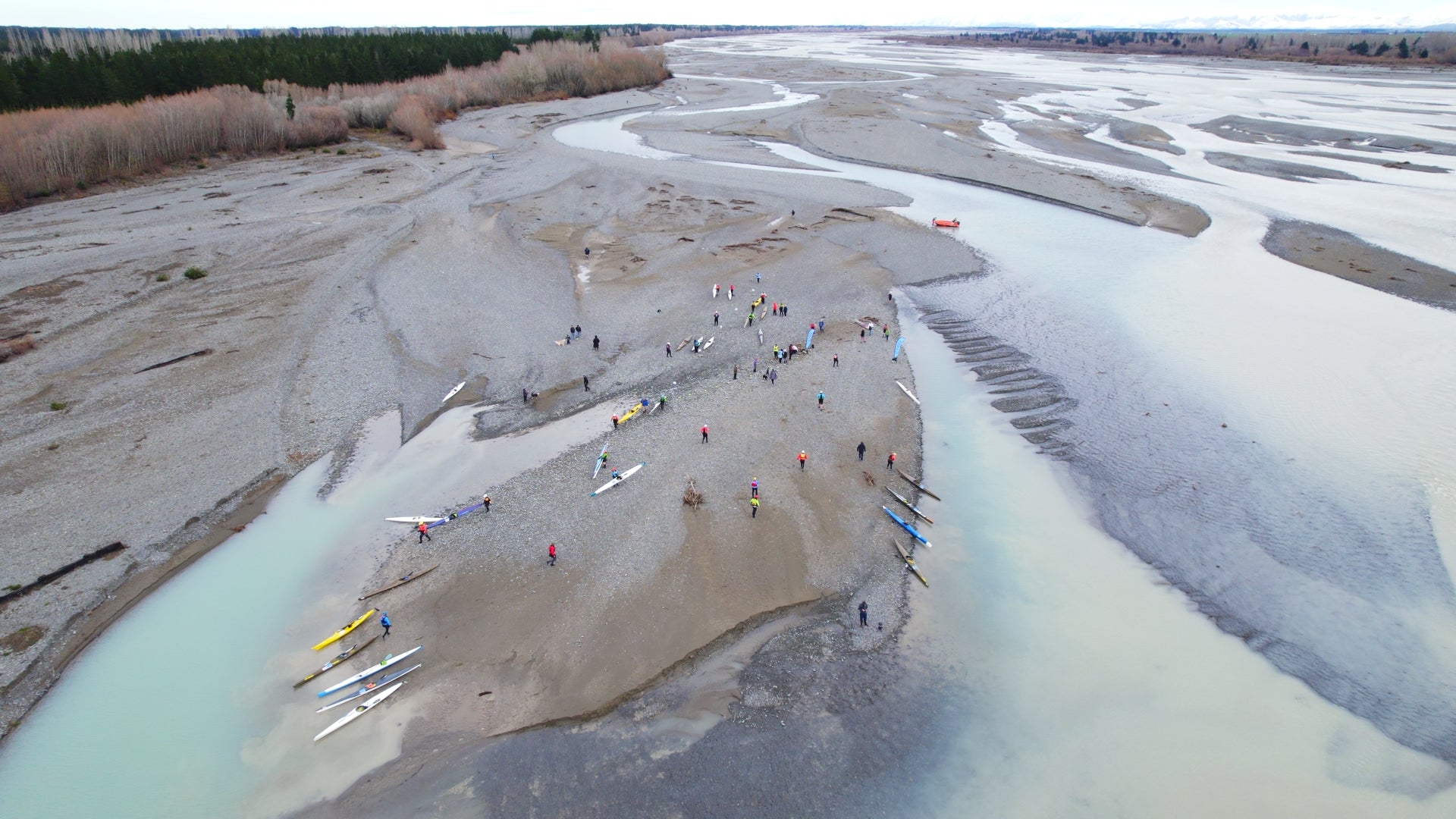
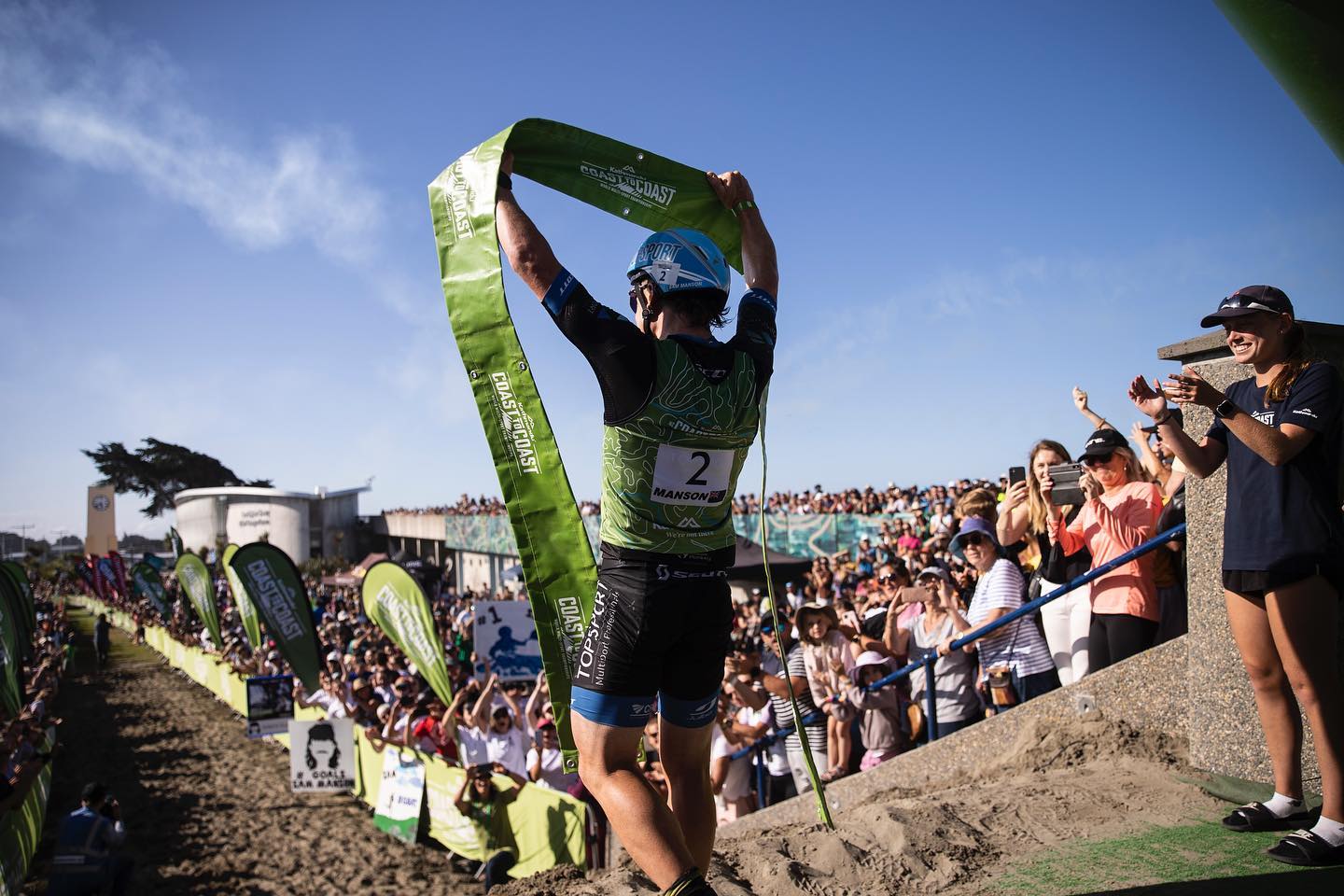
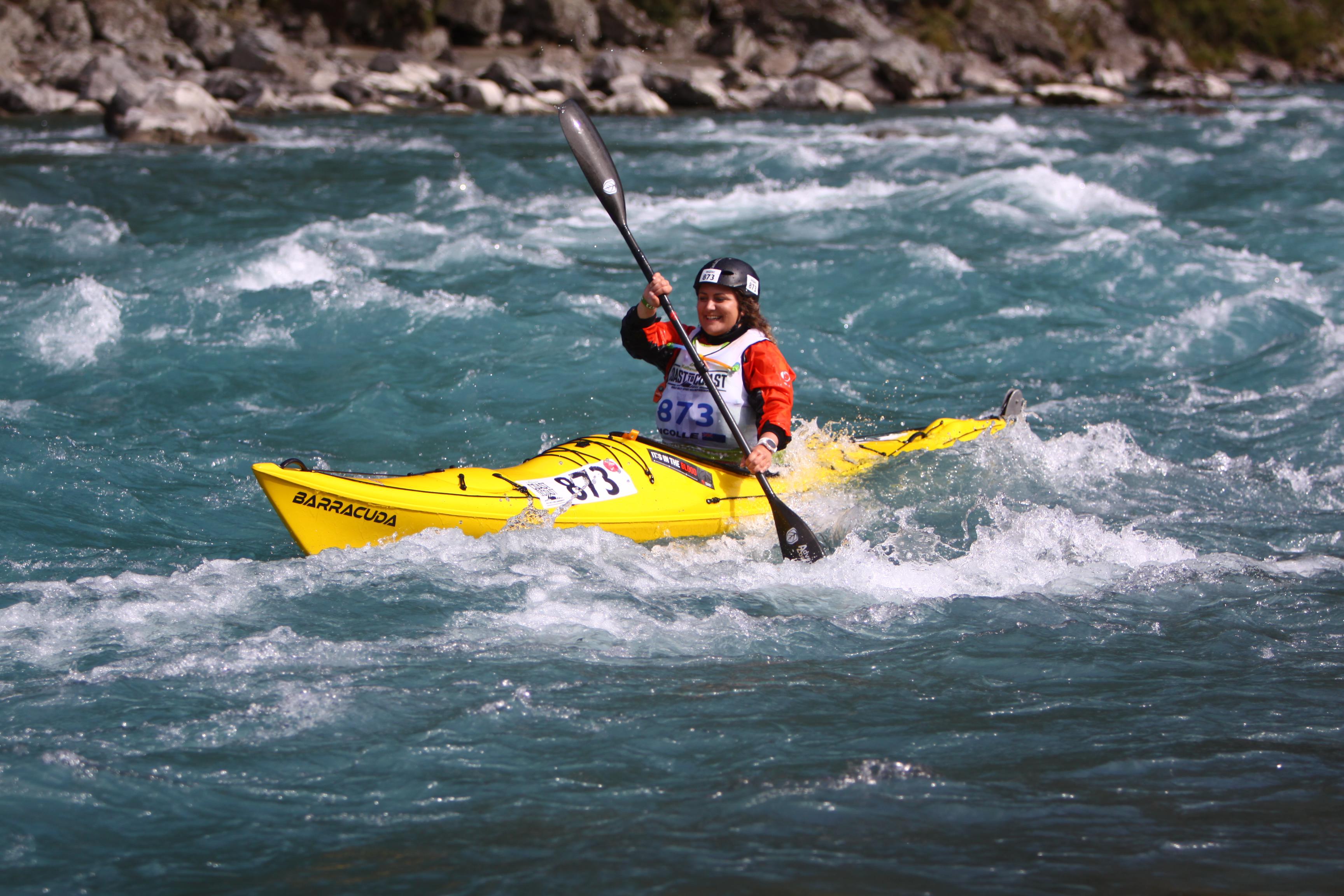
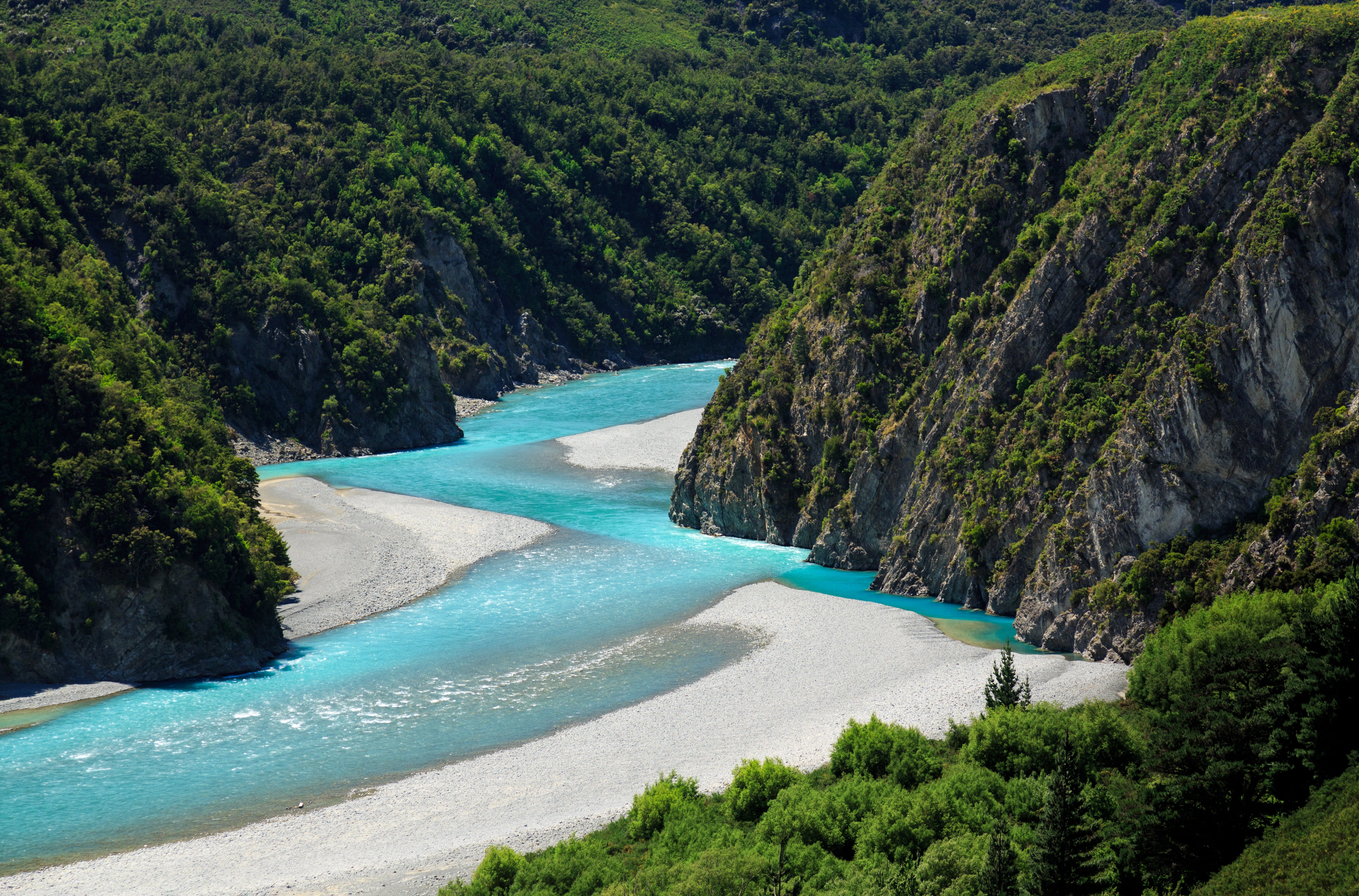
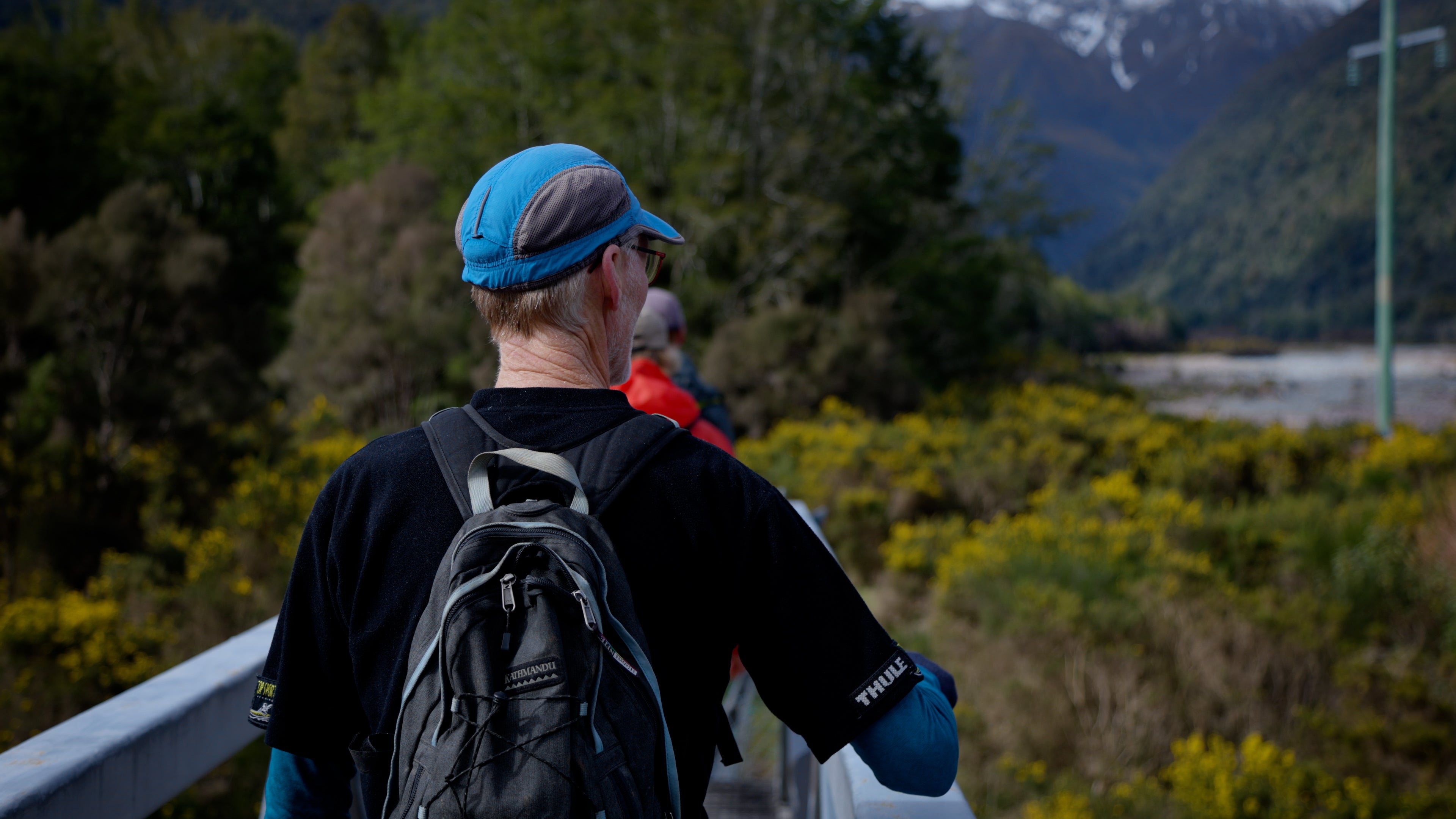
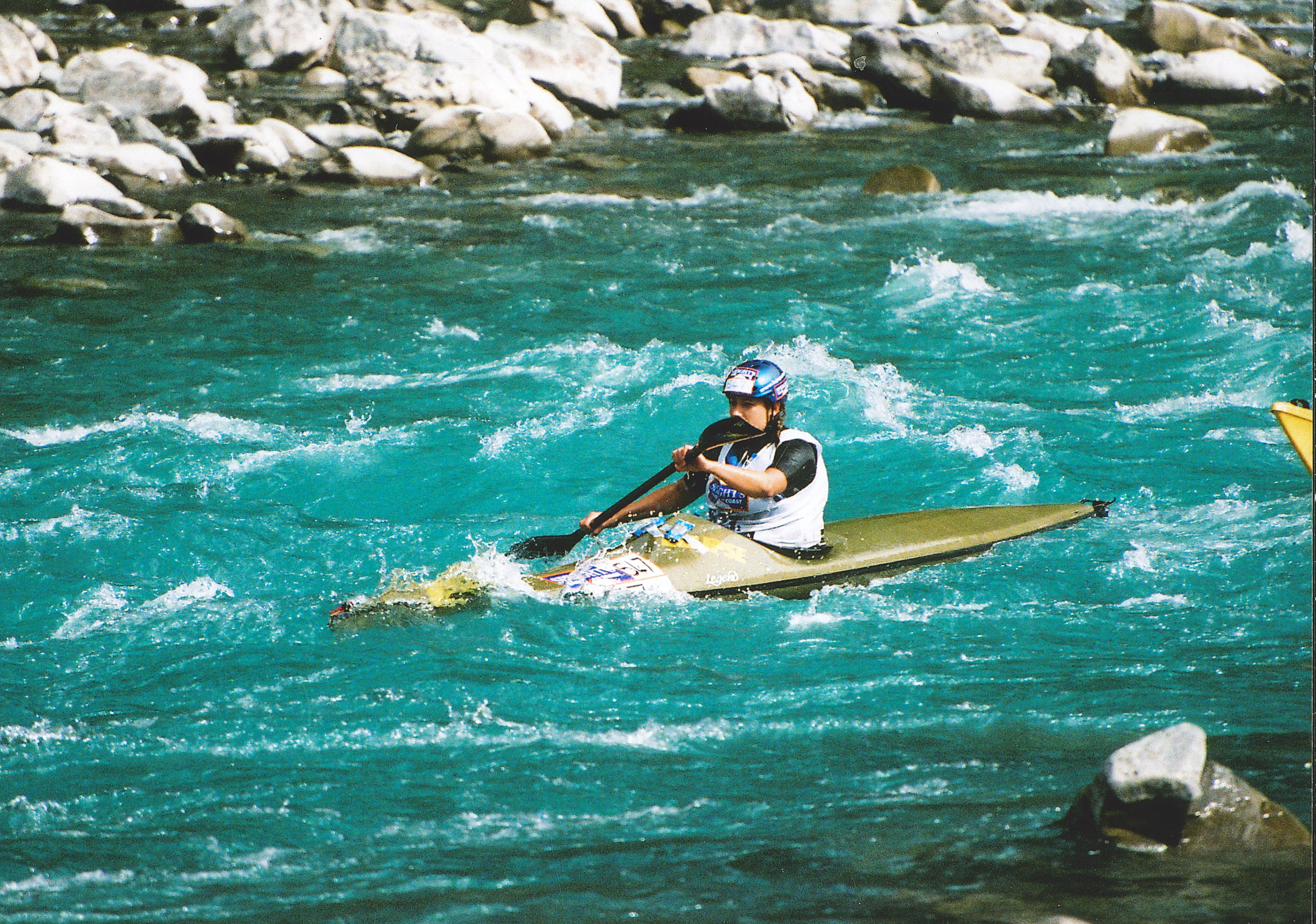
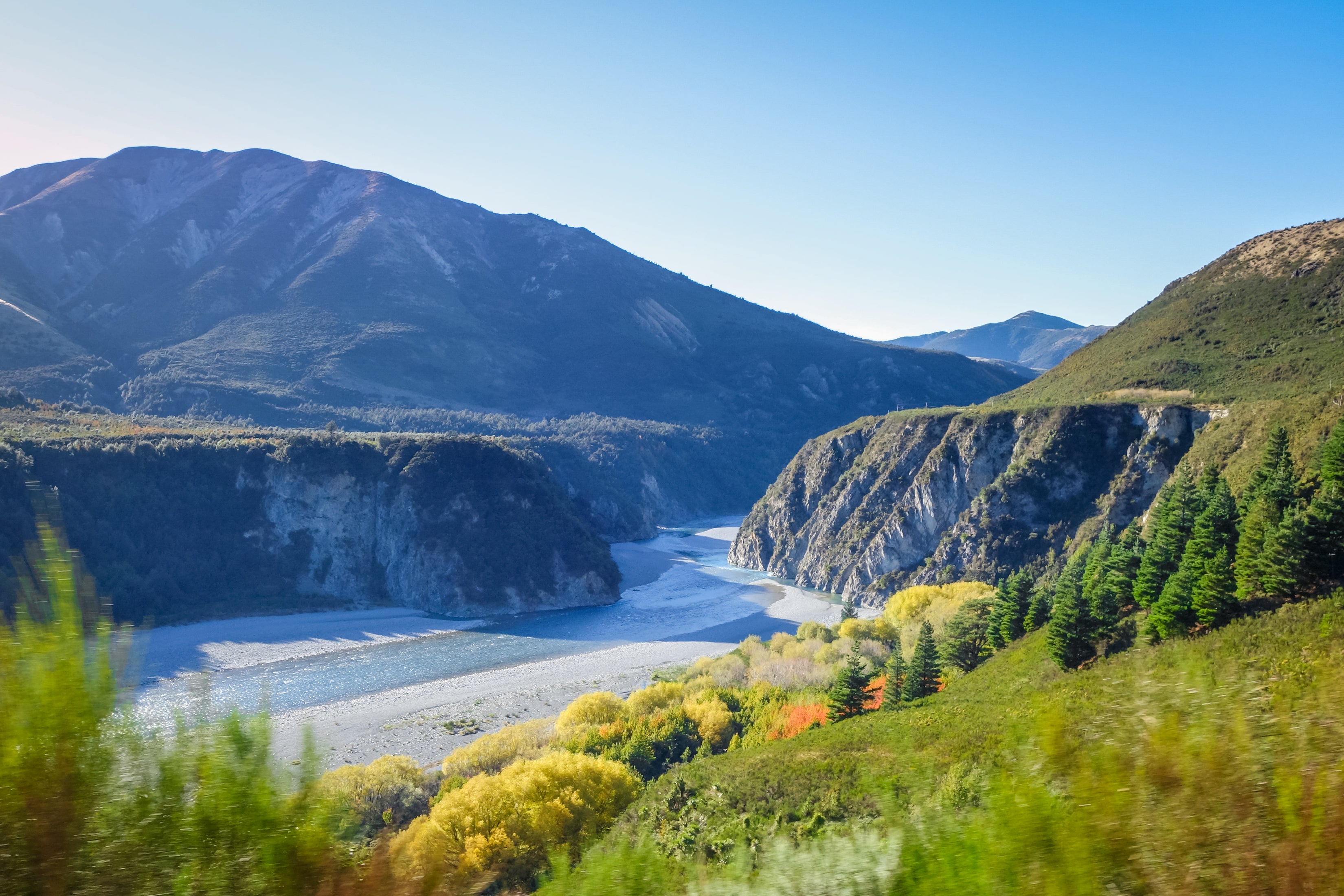
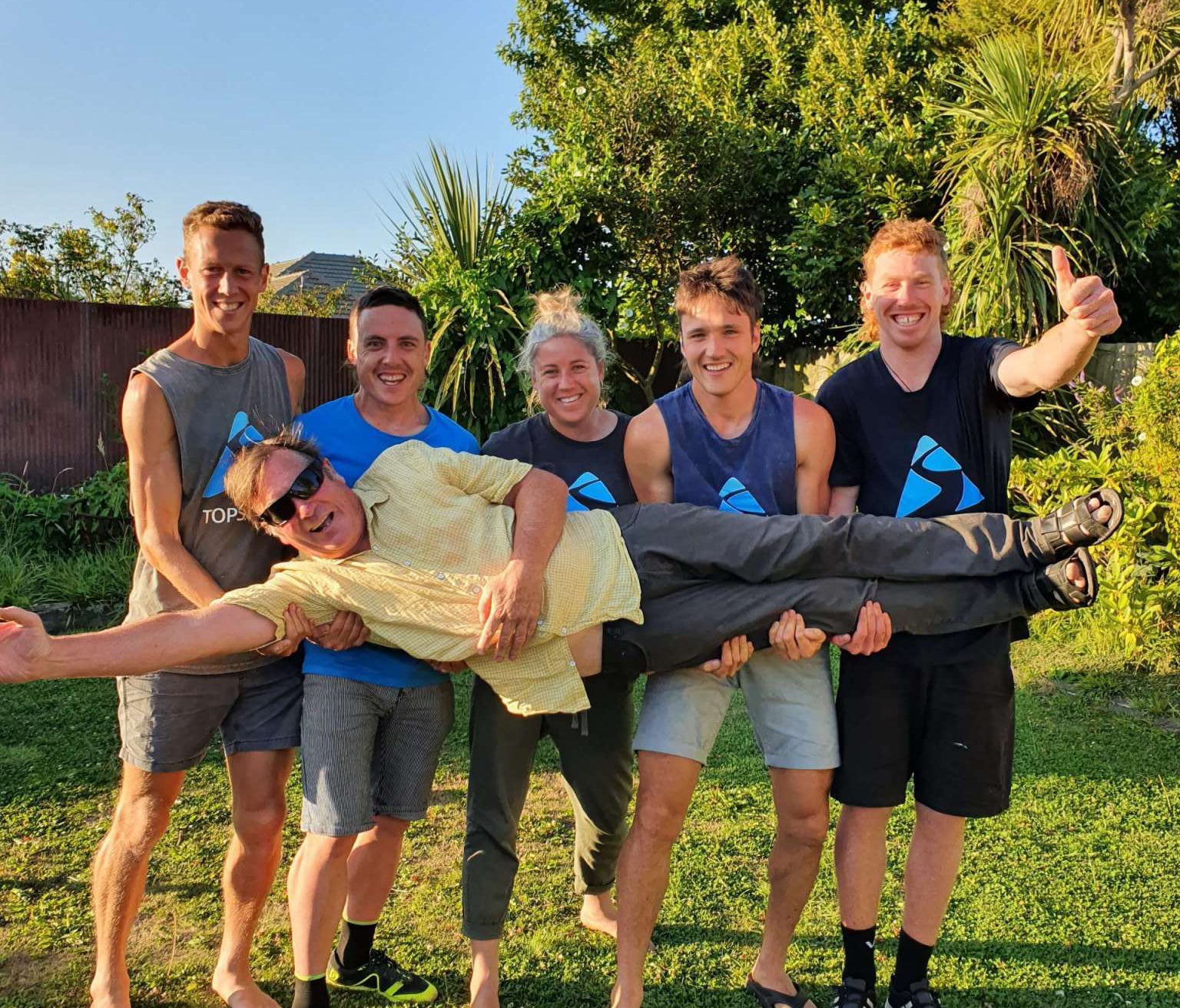
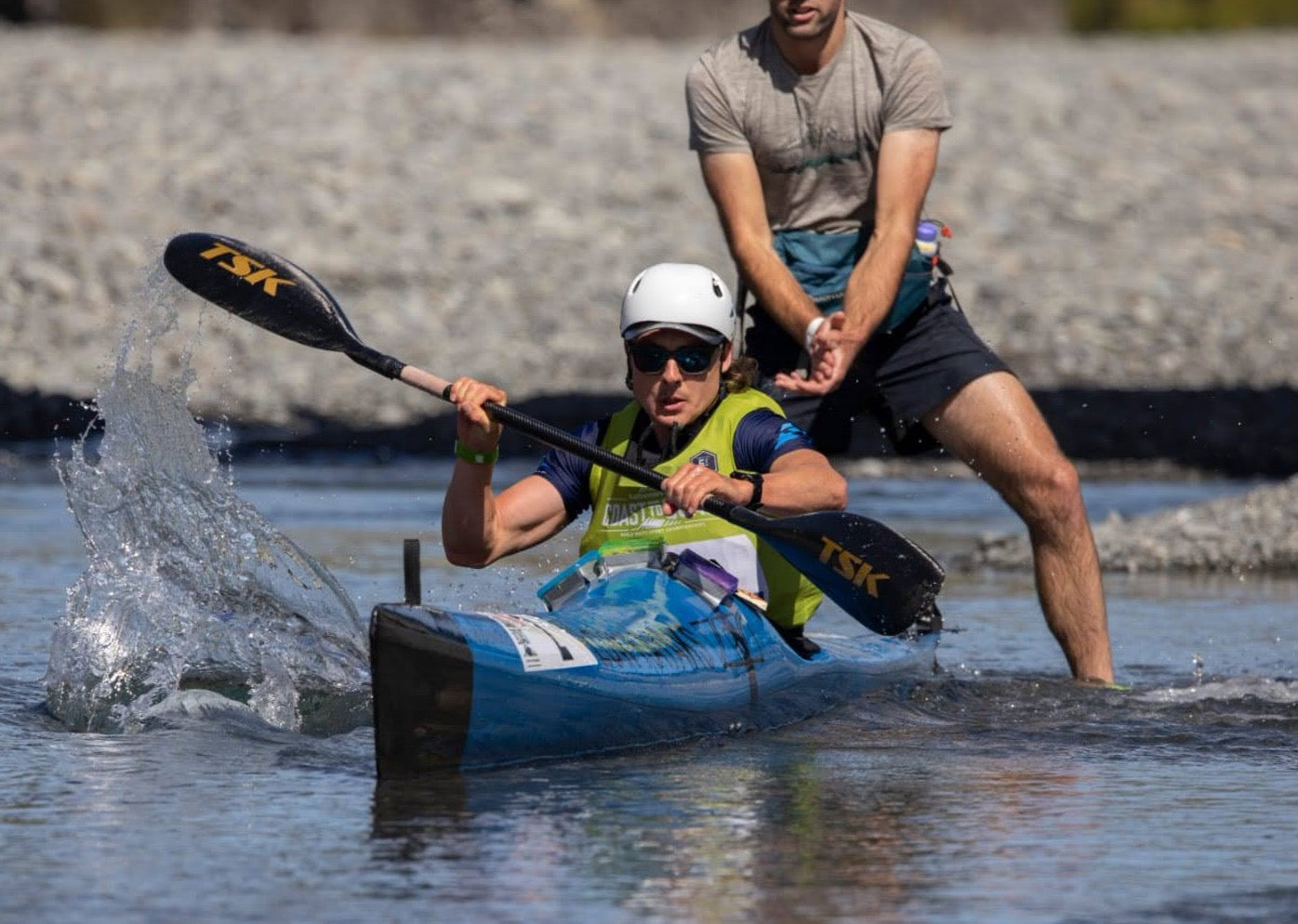

Comments
Sam said:
I can vouch for one of the hundreds turning up to my grade 2 with the wrong multi-sport boat because I thought my white water kayaking course 20yrs ago at school would all come back to me and the odd sea kayak would transfer nicely… probably would have been okay with more time but I ended up spending a lot on a second more expensive, more stable boat!
Also, even if you’re still pretty sure you will be okay in time for the race, being “pretty sure” isn’t that nice leading up to coast when there’s no safer boats available as a plan B!
Great article Kate, wish I read this 12 months ago. tbh… I probably still would’ve naively turned up with the same boat but hopefully there’s smarter people than me out there :)
Jacky said:
Nice Katie!